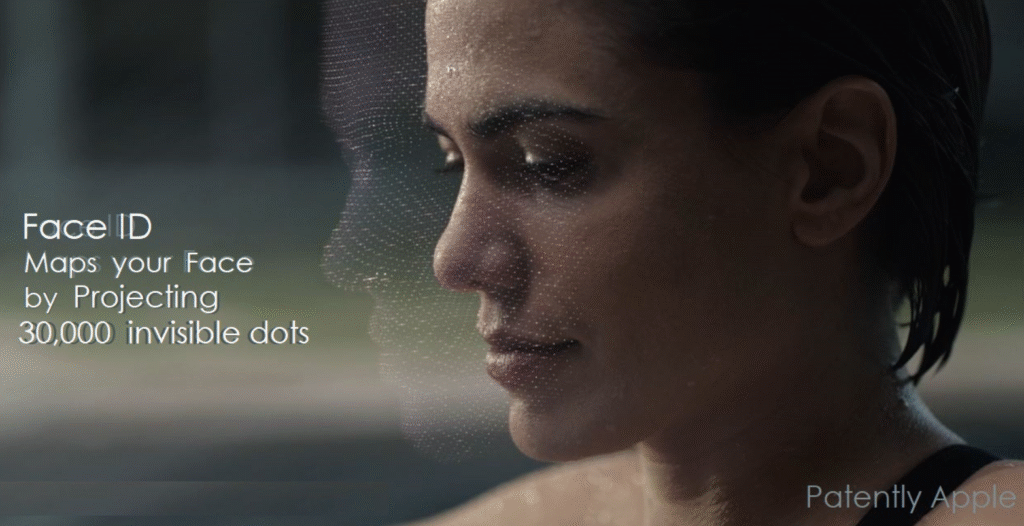One of the standout features of the Apple iPhones are its Face ID. It’s an optical biometric security that uses advanced face data to recognize the person. It is said to be more secure and powerful than the 2D face unlock tech, that we get on majority of the Android devices. However, the company has now reportedly filed the patent for the next generation of the Face ID tech, which has smaller component size, costs much lower and brings higher accuracy.

Next generation of Face ID will bring smaller component size with higher accuracy
According to a report published by PatentyApple, the Cupertino based tech giant has recently been given approval for a new patent that involves the next generation of the Face ID technology.
Per the report, the next generation of Face ID, as patented, shifts from diffractive optical element (DOE) to Meta-Surface Optical Elements (MOE). The MOE is believed to be more advanced and secure compared to the DOE. The current Face ID technology uses the DOE to generate a point lighting pattern for the 3D mapping of the target area.

The Meta-Surface Optical Element, integrates beam splitting and collimation functions into a single flat element. This not only helps in reducing the overall component size of the tech, but also reduces the production cost while offering a better accuracy. It also simplifies the assembly process and therefore reducing the chances of manufacturing errors.
MOE tech can also simultaneously adjust the tilt angle of the optical axis of the projection module to offer better overlap with the camera’s field of view. This helps in better 3D mapping of the object. Now since the company has been given the approval for it, we are excited to see when this new Face ID tech lands on the iPhones.



